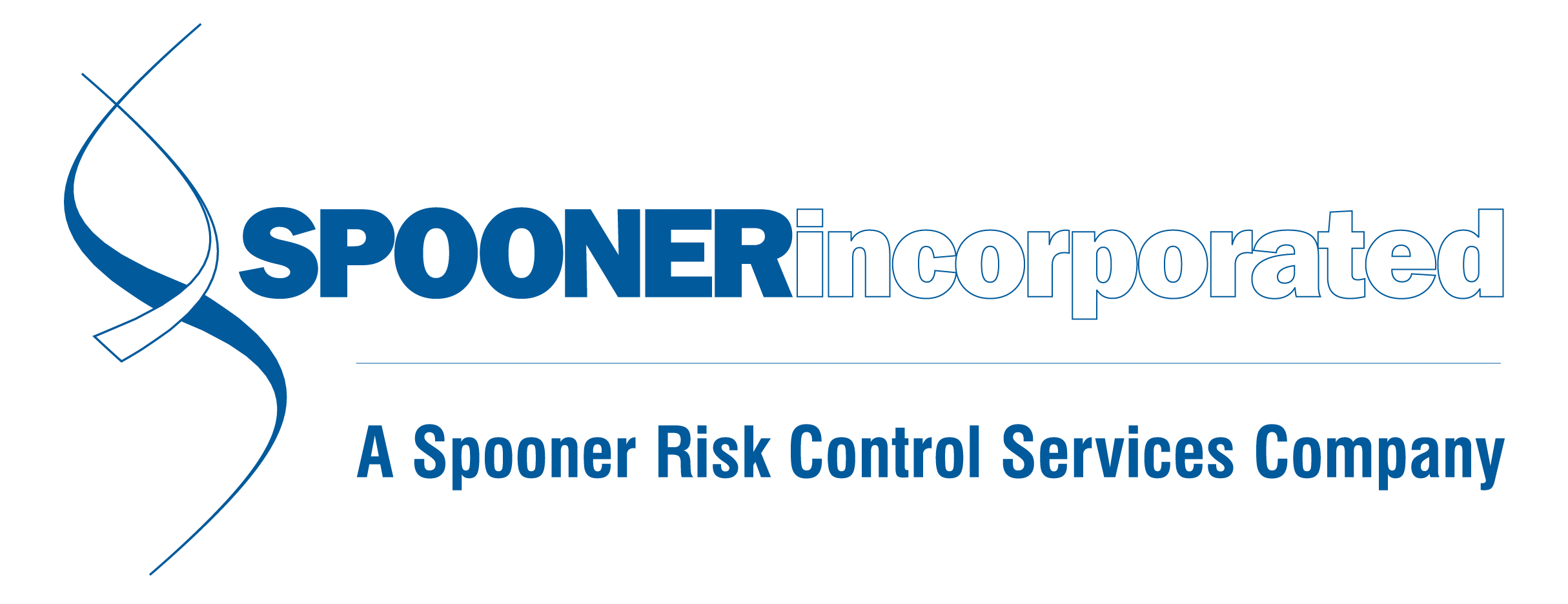News and Updates
Category: OSHA 300
Surprise, It's OSHA! Dos and Don'ts for Surprise Inspections
Under the new administration, we have already seen a significant difference in approaches compared to the previous ones. Here is a recent example: An employee gets his arm caught in a machine and is hospitalized. Historically, in addition to the standard 5 years of OSHA 300/300A - OSHA would be looking at the machine and requesting the Lock Out/Tag Out (LO/TO) program. Now when OSHA shows up, it may look more like this: They look at the machine, request LO/TO and their written HazCom GHS program, Employee Orientation (onboarding) program, all LO/TO training documentation for Authorized and Affected employees, PPE Hazard Assessments, work instruction/training on machine in question, and Forklift Training Documentation. Is all of this requested material directly related to the incident? Not exactly - but they're going to expect you to supply it, regardless. Having said that, Spooner is encouraging all of our clients to review their OSHA Compliance, which should include all your written programs, sub-elements under those programs, and your facility. If you think you have nothing to worry about, ask yourself this: Once OSHA is in our facility, could we supply all of that requested documentation? Speaking of having OSHA at the door, we get a lot questions (and panicked phone calls) on that subject. To help you navigate that anxiety-inducing situation, here are some basic steps to take if you receive a “surprise” vis


